Image of the Day: February 2013
Image of the Day Archives

For older Image of the Day pictures, please visit the Image of the Day archives. Pictured: NGC 2467.
We Will Never Forget

Friday, Feb. 1, 2013: Astronaut Buzz Aldrin (saluting) and NASA Administrator Charles Bolden lay a wreath at Arlington National Cemetery in honor of NASA's Day of Remembrance (Feb. 1). Today marks the tenth anniversary of the Space Shuttle Columbia disaster.
— Tom Chao
Starlight in Vermont
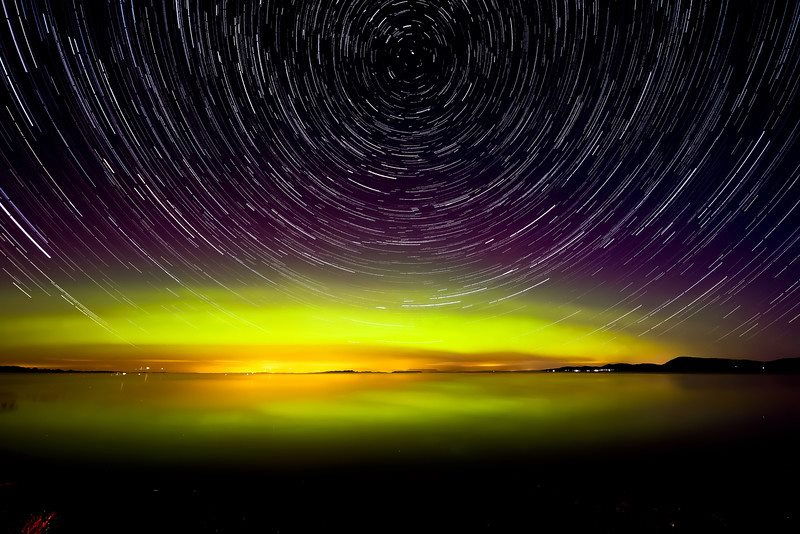
Monday, Feb. 4, 2013: Sky watcher Brian Drourr sent in his composite image of star trails and an auroral display seen over northern Vermont. He says he captured the aurora and 200+ stacked images of the star trails "this past summer" at Sand Bar State Park in northern VT.
— Tom Chao
I'm Coming Apart
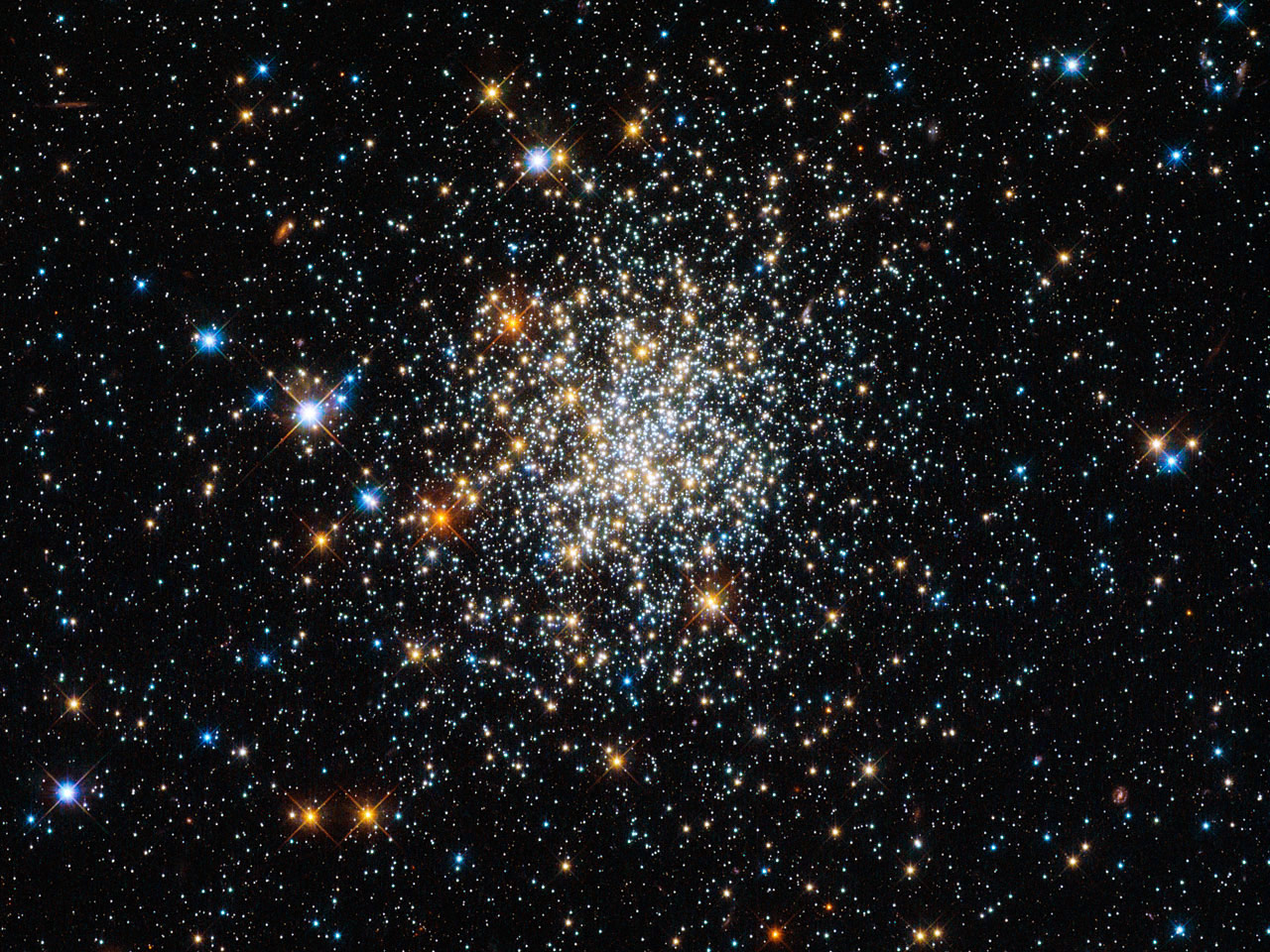
Tuesday, Feb. 5, 2013: NGC 411, seen here, looks like a globular cluster, but appearances may deceive the viewer. Astronomers classify NGC 411 as an open cluster. Stars in open clusters drift apart over time, whereas globular clusters have remained intact over 10 billion years. NGC 411, a relative newcomer, has not been around even a tenth of this age.
— Tom Chao
Stretch Arm ... Strong
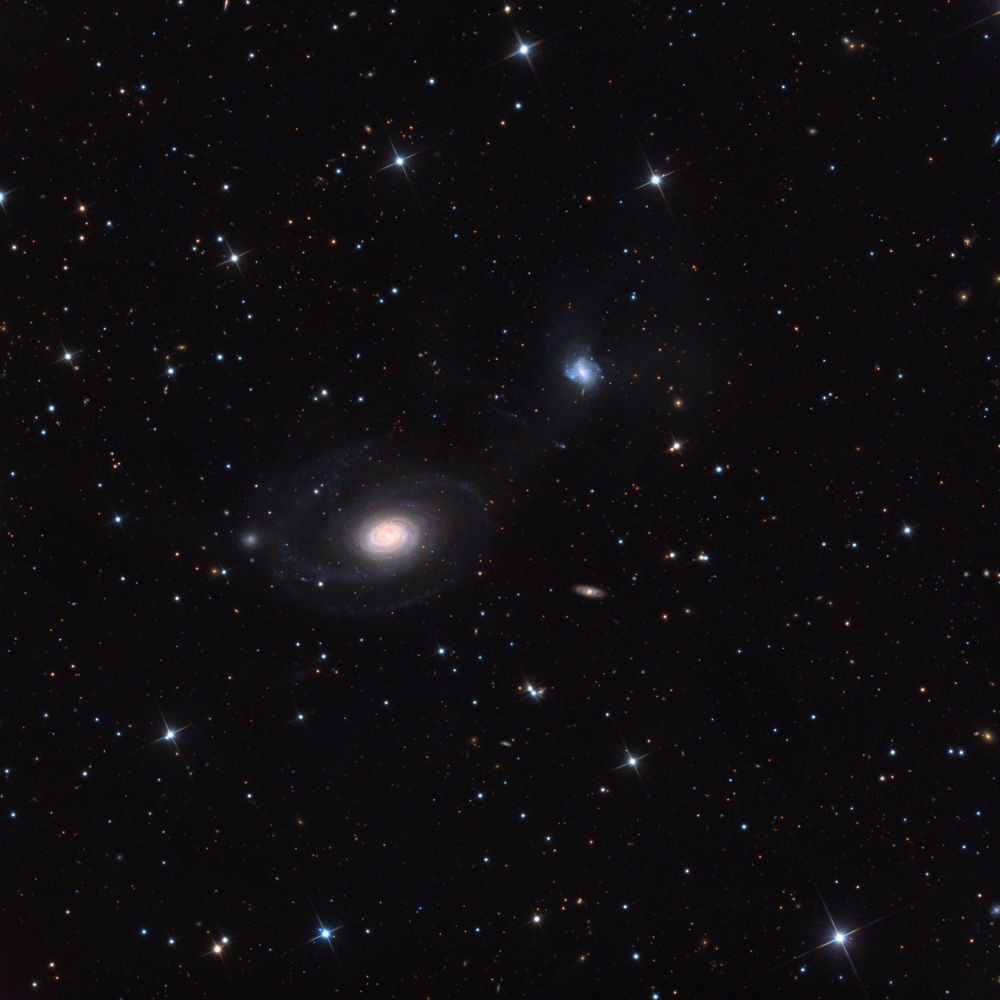
Wednesday, Feb. 6, 2013: NGC 2460 is a spiral galaxy with very long arms, lying in the constellation of Camelopardalis.
— Tom Chao
Stopping by Woods on a Starry Evening
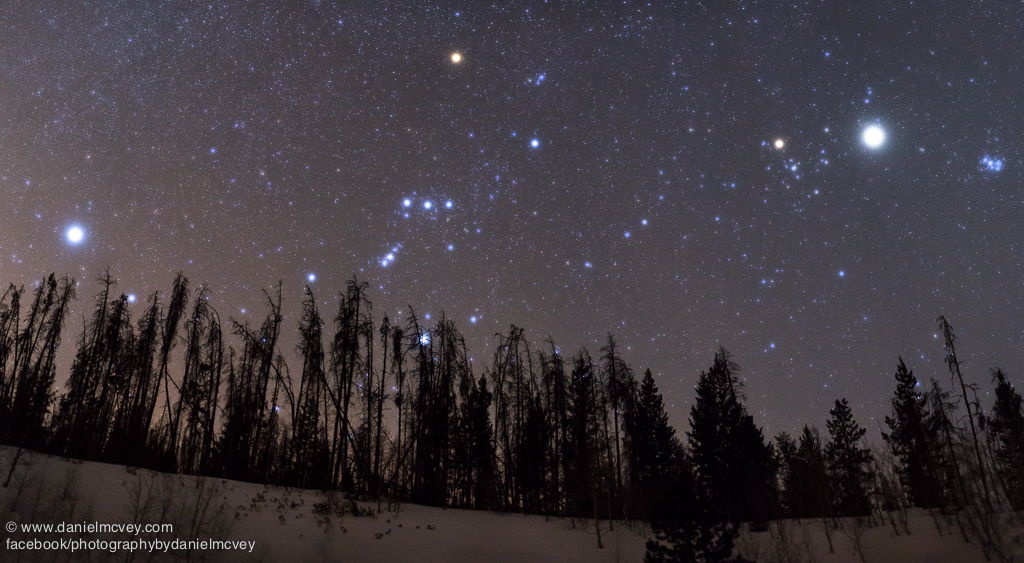
Thursday, Feb. 7, 2013: Astrophotographer Daniel McVey sent in a photo of stars and planet Jupiter over White River National Forest in Summit County, Colorado. L to R: Canis Major, the Orion constellation, Aldebaran (in the constellation of Taurus), planet Jupiter and The Pleiades (The Seven Sisters). Photo released Feb. 5, 2013.
— Tom Chao
Perfect Specimen
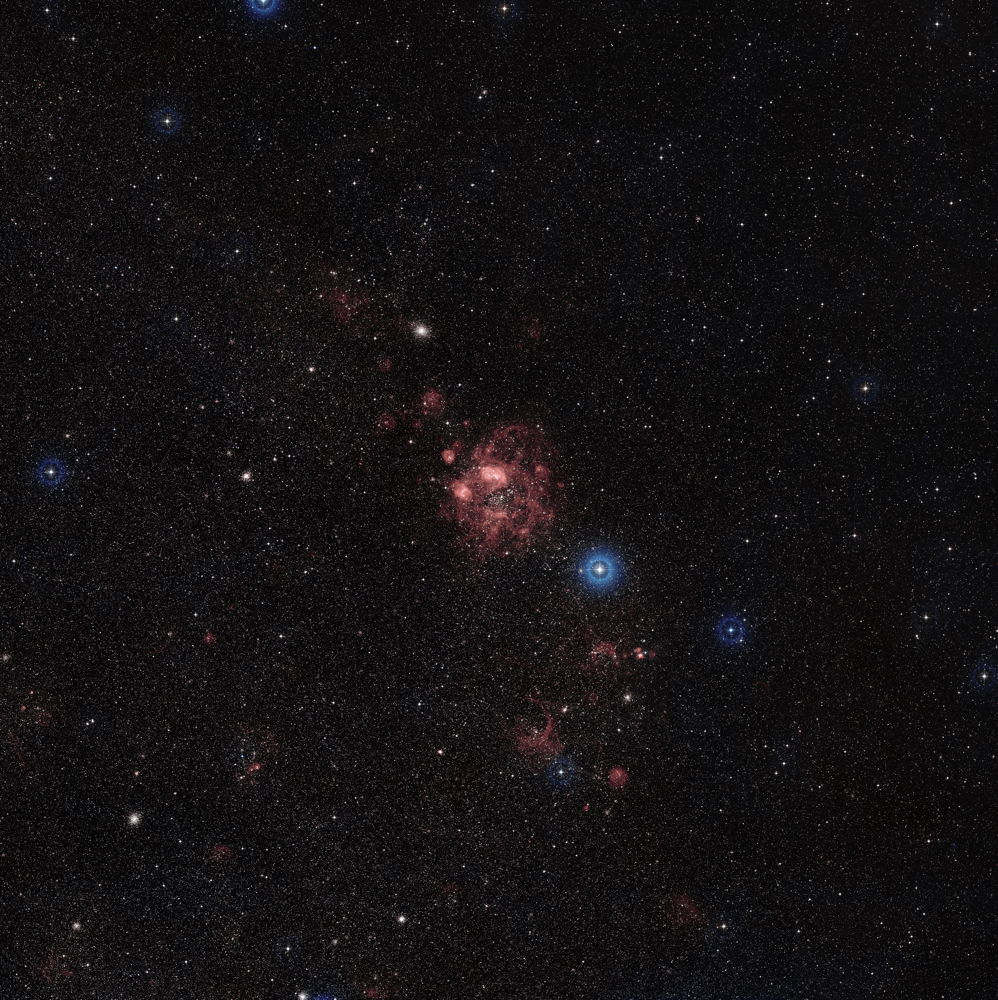
Friday, Feb. 8, 2013: The Large Magellanic Cloud (LMC), a satellite galaxy of the Milky Way floats nearly 200 000 light-years from Earth. Clouds of gas within it slowly collapse, forming new stars. Astronomers know that the LMC lies in an ideal position for the study of phenomena surrounding star formation. The LMC is positioned far enough from the plane of the Milky Way to avoid being outshone by nearby stars, or be obscured by the dust in the Milky Way's center. The LMC is close enough to study in detail, and lies almost face-on to us.
— Tom Chao
Get the Space.com Newsletter
Breaking space news, the latest updates on rocket launches, skywatching events and more!
Six Sides to Every Story
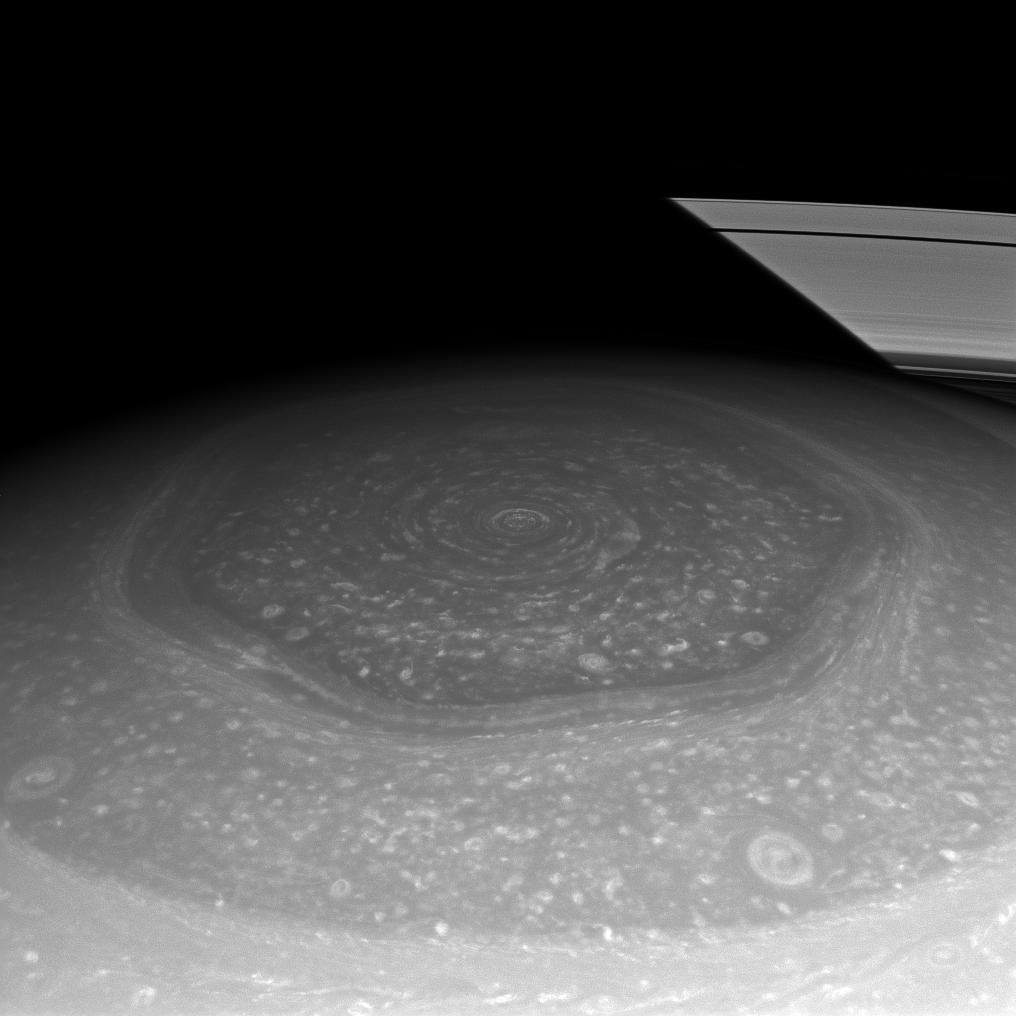
Monday, Feb. 11, 2013: Saturn's north polar hexagon emerges in sunlight as spring arrived in the northern hemisphere. Many smaller storms speckle the north polar region, and Saturn's signature rings, partly disappearing in Saturn's shadow, peek out of the background. Cassini spacecraft's wide-angle camera captured the image on Nov. 27, 2012.
— Tom Chao
It's Been Such a Long Time
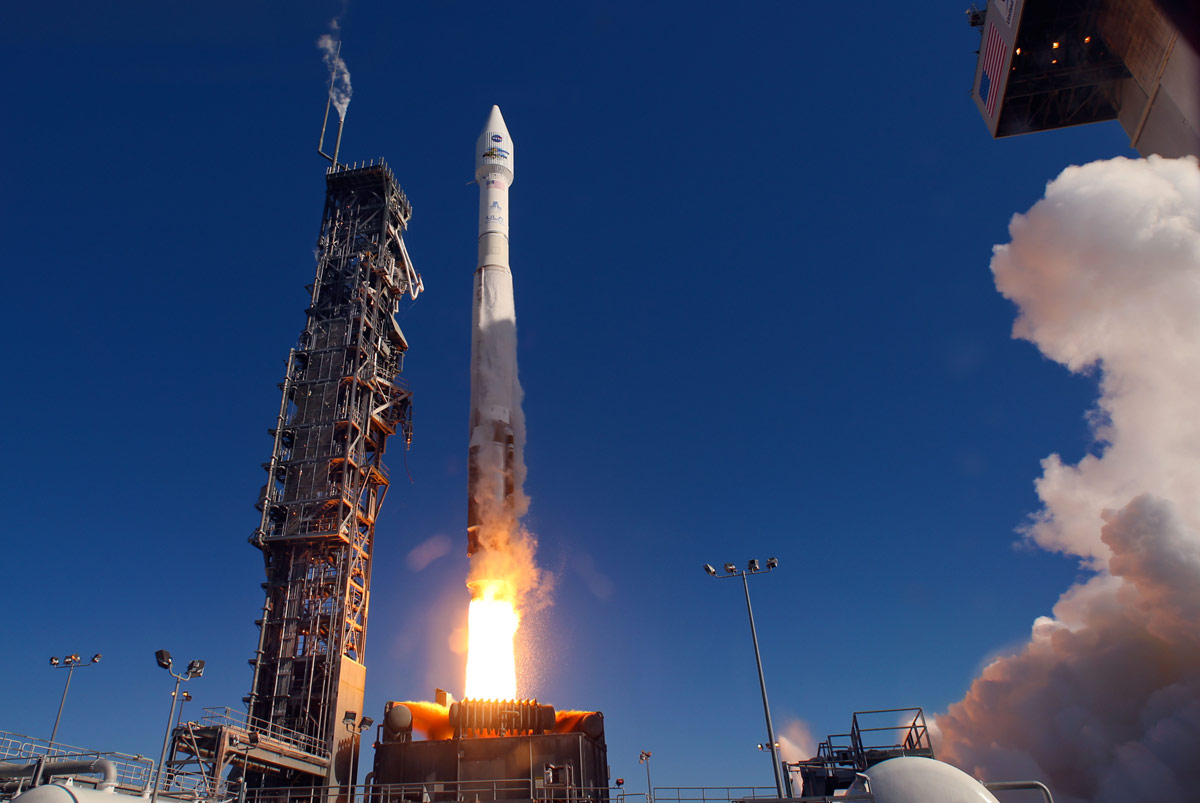
Tuesday, Feb. 12, 2013: The Landsat Data Continuity Mission spacecraft arrived in orbit after launching from California’s Vandenberg Air Force Base on Feb. 11, 2013. The mission, Landsat 8, will continue more than 40 years of global land observations used for energy and water management, forest monitoring, human and environmental health, urban planning, disaster recovery and agriculture.
— Tom Chao
You’re Tearing Me Apart, Galaxy!
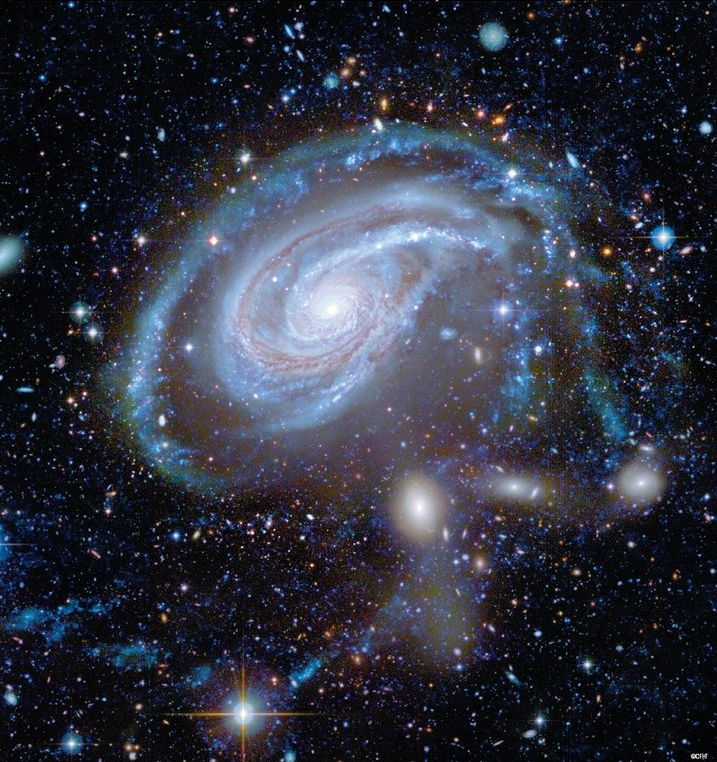
Wednesday, Feb. 13, 2013: Galaxy NGC 772 shows signs of being pulled apart after interacting gravitationally with another galaxy. The other galaxy has pulled apart the spiral arms of NGC 772, while the external spiral arms vanish in the intergalactic medium. Image released January 2013.
— Tom Chao
It’s My Happy Heart
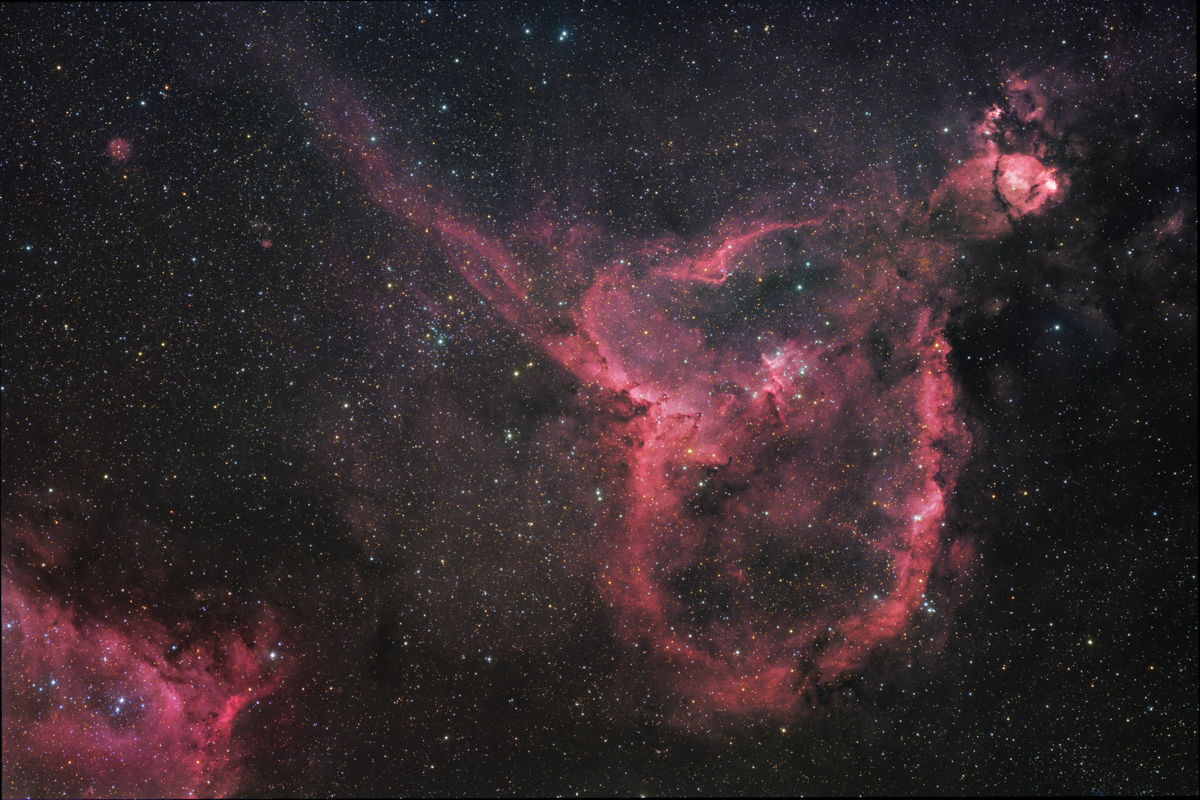
Thursday, Feb. 14, 2013: Happy Valentine’s Day from SPACE.com! The Hubble Space Telescope provided this view of IC 1805, the Heart Nebula (which is rotated 90 degrees counter-clockwise in this photo). This nebula lies 7,500 light-years away from Earth in the Perseus spiral arm of our galaxy, in the constellation Cassiopeia. When viewed from the angle shown here, it resembles a running dog, which is the kind of animal you’d better emulate if you don’t make Valentine’s Day special for your significant other!
— Tom Chao
Join our Space Forums to keep talking space on the latest missions, night sky and more! And if you have a news tip, correction or comment, let us know at: community@space.com.

Space.com is the premier source of space exploration, innovation and astronomy news, chronicling (and celebrating) humanity's ongoing expansion across the final frontier. Originally founded in 1999, Space.com is, and always has been, the passion of writers and editors who are space fans and also trained journalists. Our current news team consists of Editor-in-Chief Tariq Malik; Editor Hanneke Weitering, Senior Space Writer Mike Wall; Senior Writer Meghan Bartels; Senior Writer Chelsea Gohd, Senior Writer Tereza Pultarova and Staff Writer Alexander Cox, focusing on e-commerce. Senior Producer Steve Spaleta oversees our space videos, with Diana Whitcroft as our Social Media Editor.









